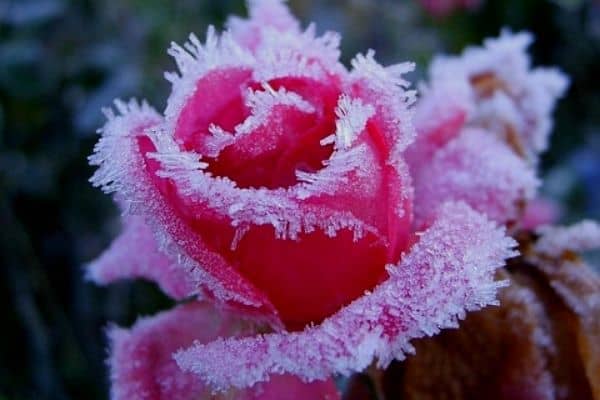As climate change continues to affect our planet, extreme weather conditions are becoming more frequent and intense. From droughts to floods, hurricanes to heatwaves, these events can have devastating effects on plant life. However, some plants have evolved to withstand these harsh conditions. By incorporating these climate-resistant plants into our gardens and landscapes, we can create more resilient and sustainable ecosystems.
Drought-Resistant Plants
Droughts are one of the most common extreme weather events, and can be particularly challenging for gardeners and farmers. Fortunately, there are many plants that have adapted to thrive in hot, dry conditions. Some examples of drought-resistant plants include:
- Succulents, such as cacti and agave
- Lavender
- Yarrow
- California poppy
- Thyme
- Sage
These plants have developed a variety of strategies to cope with drought, such as storing water in their leaves or roots, reducing water loss through their leaves, and going dormant during dry periods.
Flood-Resistant Plants
Flooding can be just as damaging to plants as drought. Excess water can suffocate roots, promote fungal growth, and wash away soil and nutrients. However, some plants have adaptations that allow them to survive and even thrive in wet conditions. Some examples of flood-resistant plants include:
- Willow trees
- Bald cypress
- Marsh marigold
- Swamp milkweed
- Pickerelweed
- Water lilies
These plants have evolved to tolerate waterlogged soil by developing specialized roots that can access oxygen, storing nutrients in their stems and leaves, and adapting their growth patterns to avoid being swept away by currents.
Cold-Resistant Plants

Cold snaps, frost, and snow can be especially challenging for plants that are not adapted to cold weather. However, some plants have evolved to survive and even thrive in these conditions. Some examples of cold-resistant plants include:
- Evergreen trees, such as pine and spruce
- Holly
- Winterberry
- Pansies
- Violas
- Kale
These plants have developed strategies to cope with cold weather, such as producing antifreeze compounds, shedding leaves to reduce water loss, and insulating themselves with thick bark or fuzzy leaves.
Heat-Resistant Plants
Heatwaves can be deadly for plants, especially those that are not adapted to high temperatures. Fortunately, there are many plants that can handle extreme heat. Some examples of heat-resistant plants include:
- Cacti and succulents, such as aloe vera and echeveria
- Agastache
- Black-eyed Susan
- Blanketflower
- Butterfly weed
- Lantana
These plants have developed a range of adaptations to cope with heat, such as storing water in their leaves, reflecting sunlight with light-colored leaves, and opening their stomata at night to reduce water loss.
By incorporating these climate-resistant plants into our gardens and landscapes, we can create more resilient, sustainable, and beautiful environments. Whether you are dealing with drought, floods, cold, or heat, there is a plant out there that can thrive in your conditions. By choosing these plants over more delicate varieties, we can help to mitigate the impacts of extreme weather events and create a more resilient future for ourselves and for the planet.





